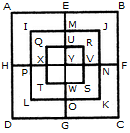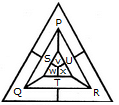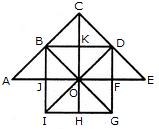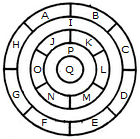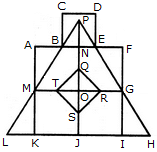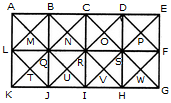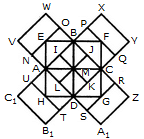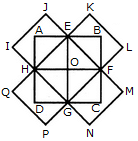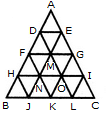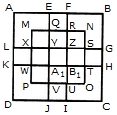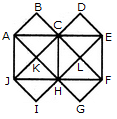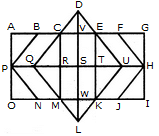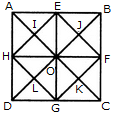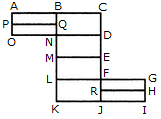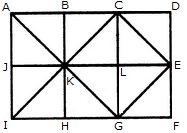Analytical Reasoning Quiz III, Non Verbal Reasoning - Railways MCQ
25 Questions MCQ Test - Analytical Reasoning Quiz III, Non Verbal Reasoning
Count the number of squares in the given figure.


Find the number of quadrilaterals in the given figure.


Count the number of squares in the given figure.


What is the minimum number of colours required to fill the spaces in the given diagram without any two adjacent spaces having the same colour?

Count the number of triangles and squares in the given figure.

Count the number of triangles and squares in the given figure.

What is the minimum number of different colours required to paint he given figure such that no two adjacent regions have the same colour?
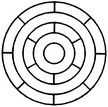
Count the number of parallelogram in the given figure.

Count the number of triangles and squares in the given figure.

Count the number of squares in the given figure.

Count the number of squares in the given figure.

How many triangles and parallelograms are there in the following figure?

Count the number of parallelogram in the given figure.

Count the number of rectangles in the given figure.

Count the number of convex pentagons in the adjoining figure.

Count the number of triangles and squares in the given figure.

Count the number of parallelogram in the given figure.

Count the number of parallelogram in the given figure.

Count the number of squares in the given figure.

What is the minimum number of straight lines that is needed to construct the figure?

How many rectangles are there in the given figure.

Determine the number of rectangles and hexagons in the given figure.

Count the number of triangles and squares in the given figure.

Count the number of rectangles in the given figure.

Count the number of squares in the given figure.






